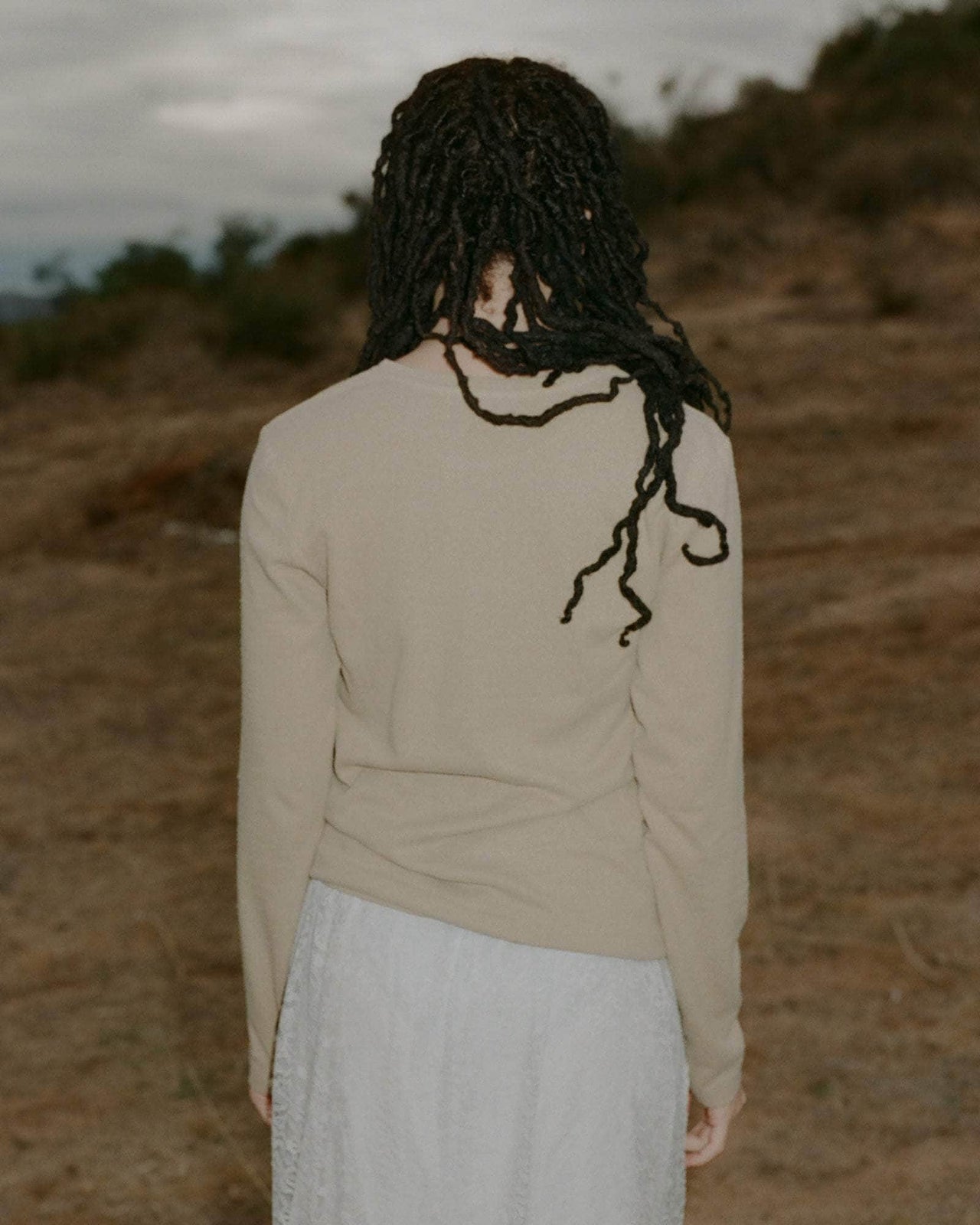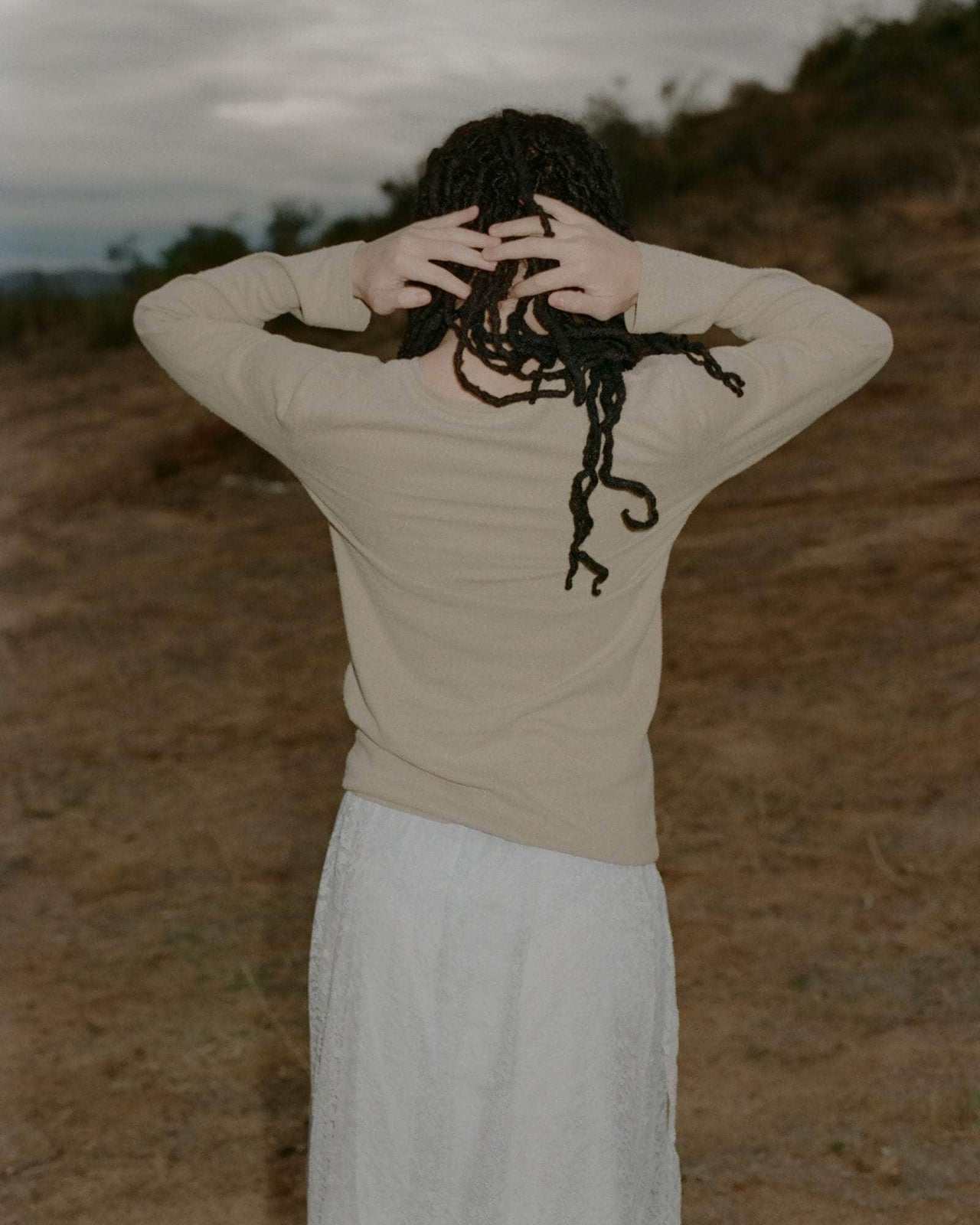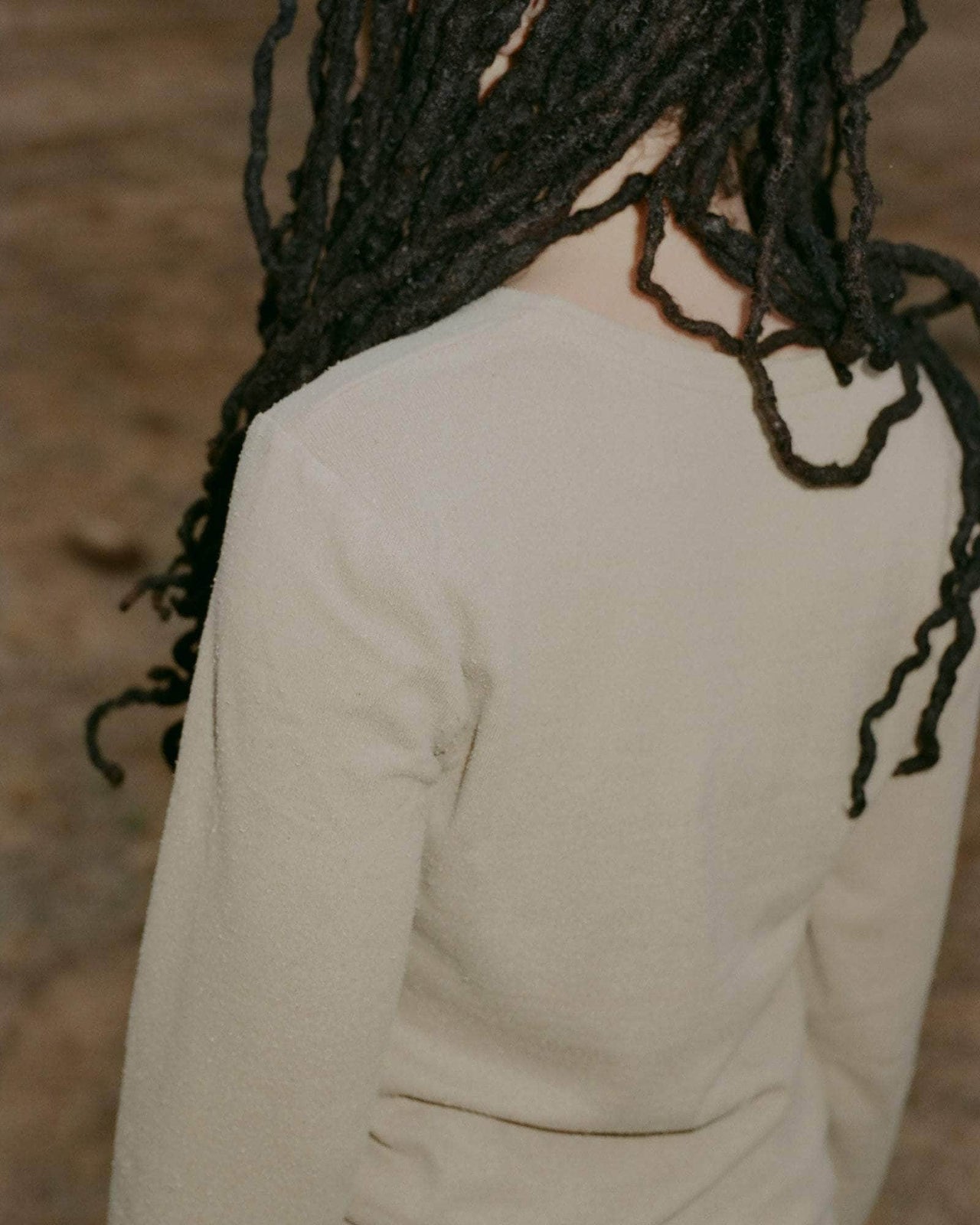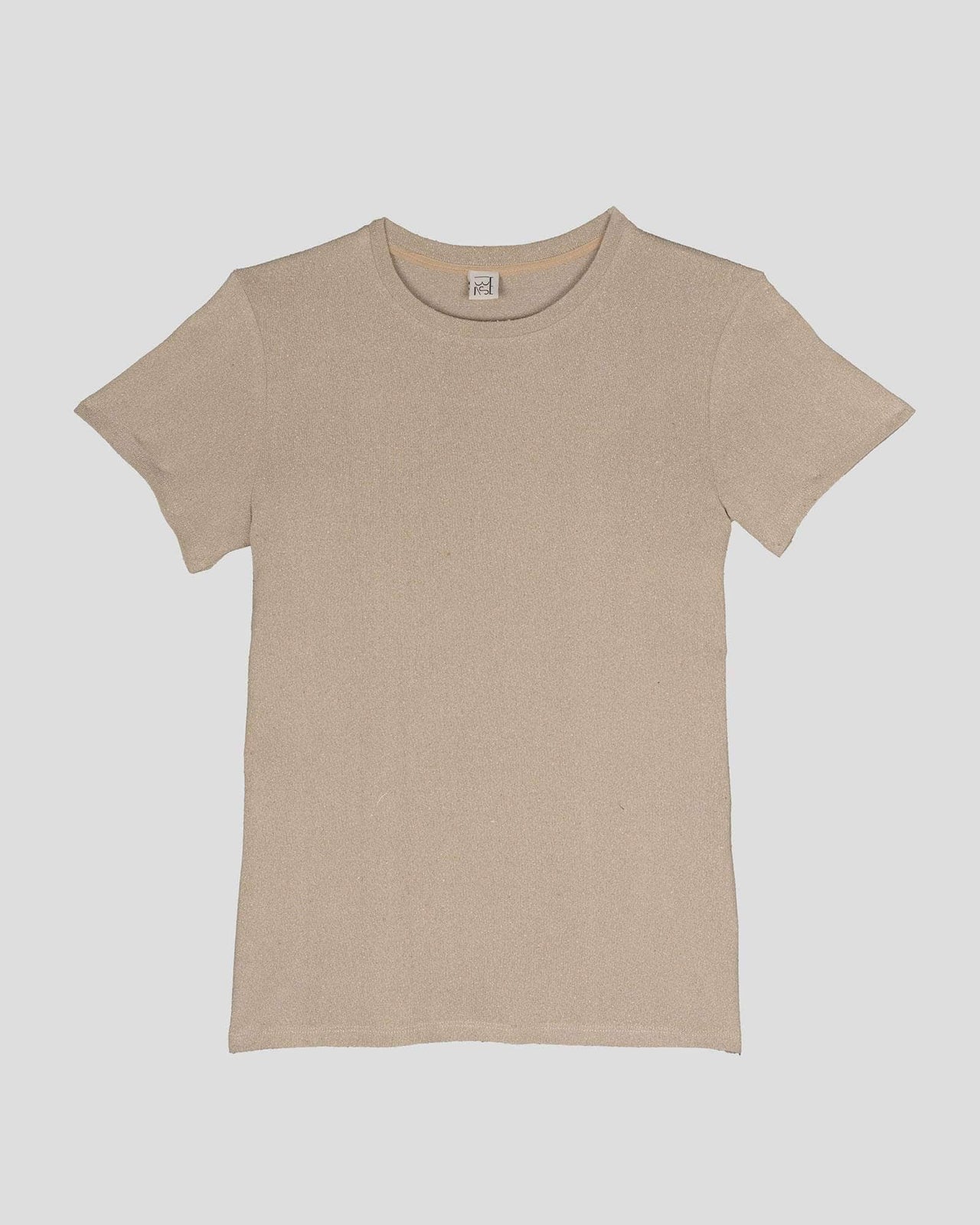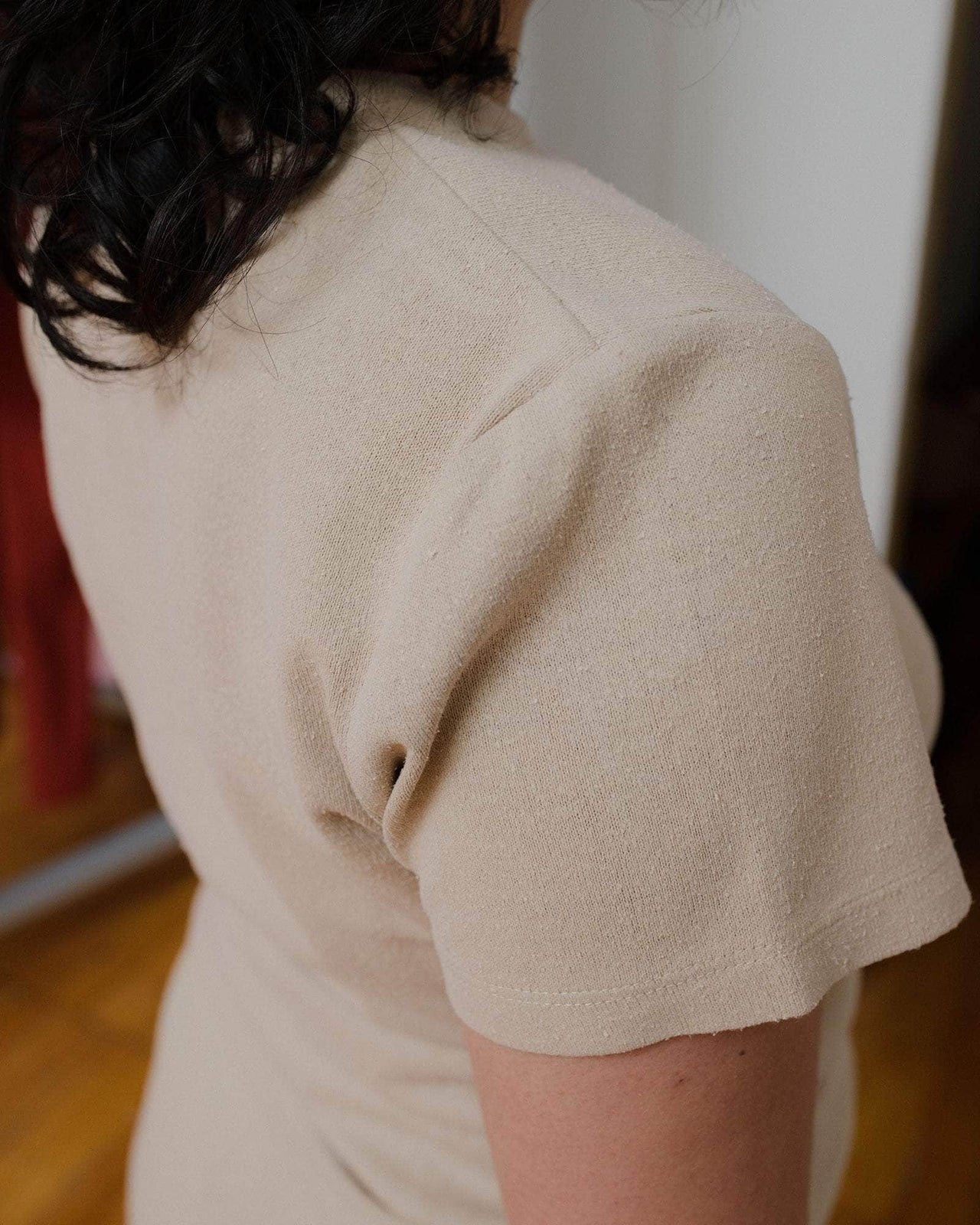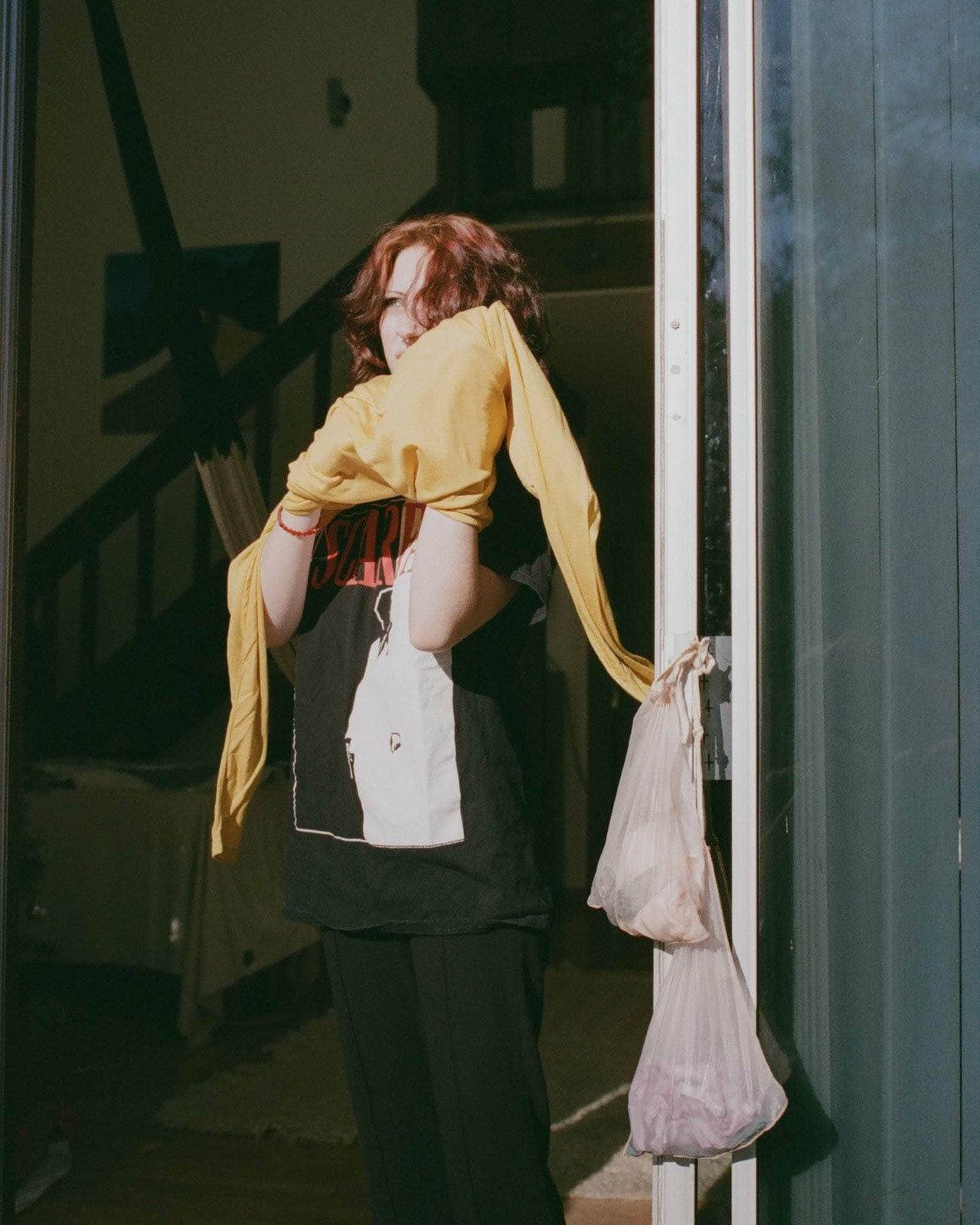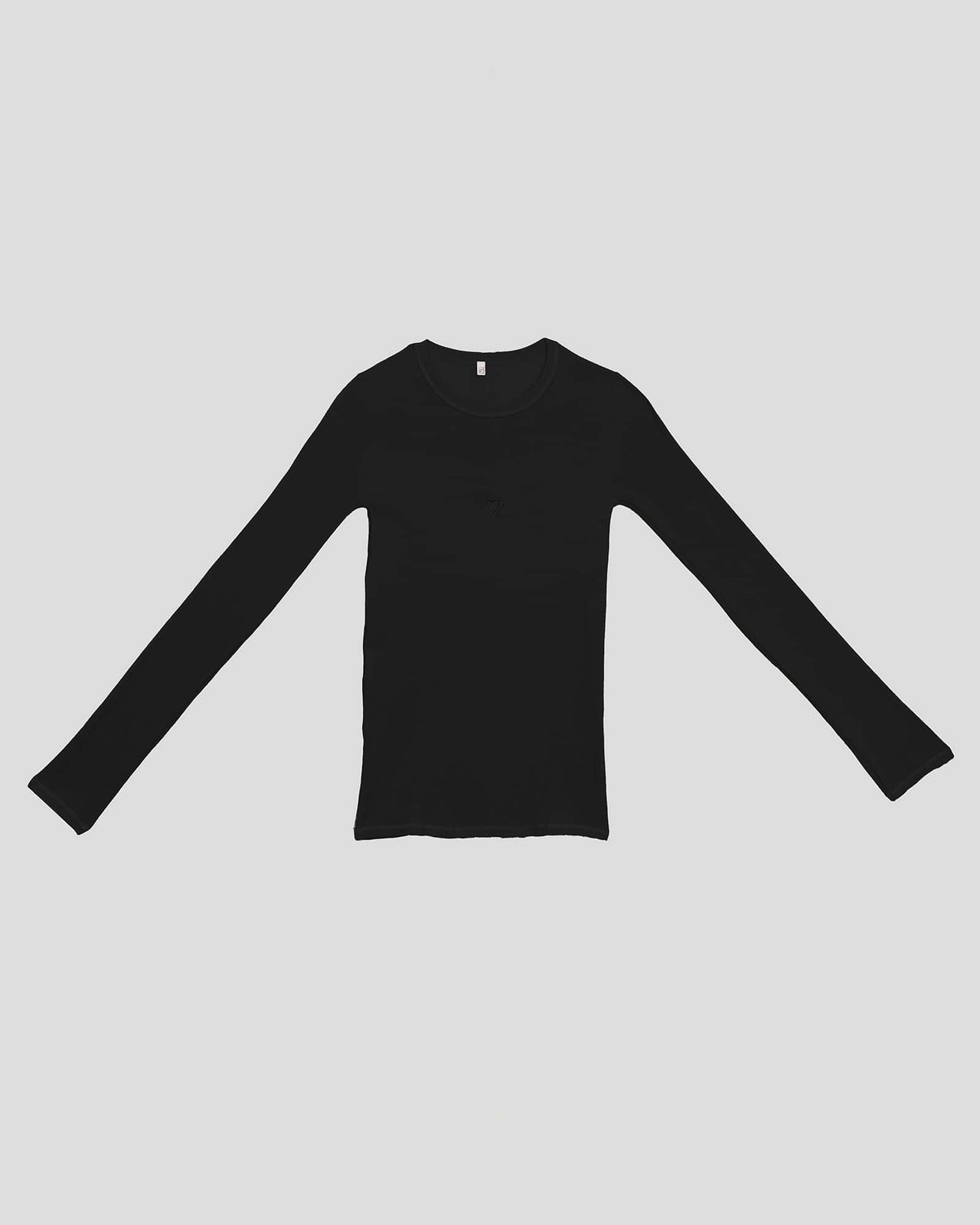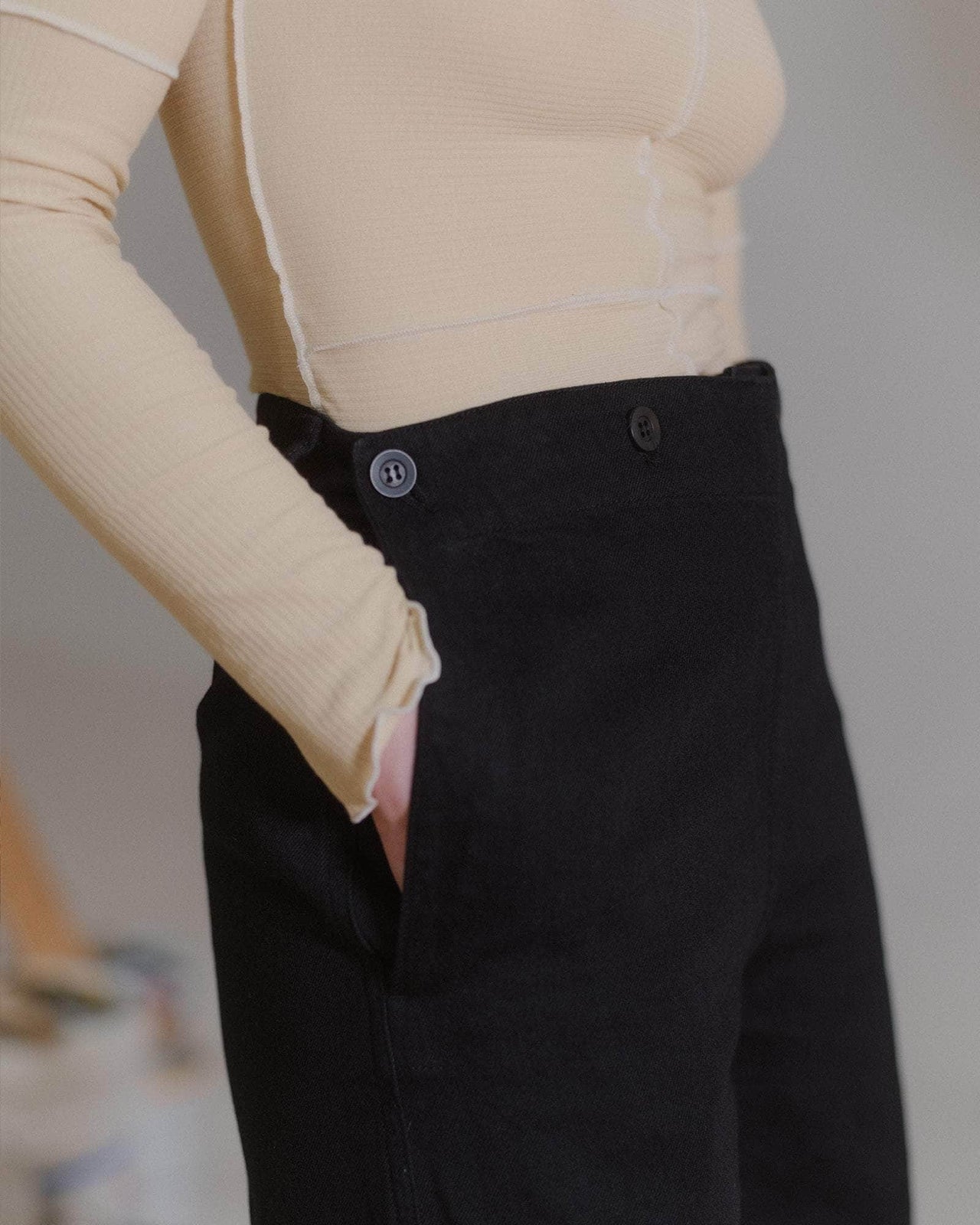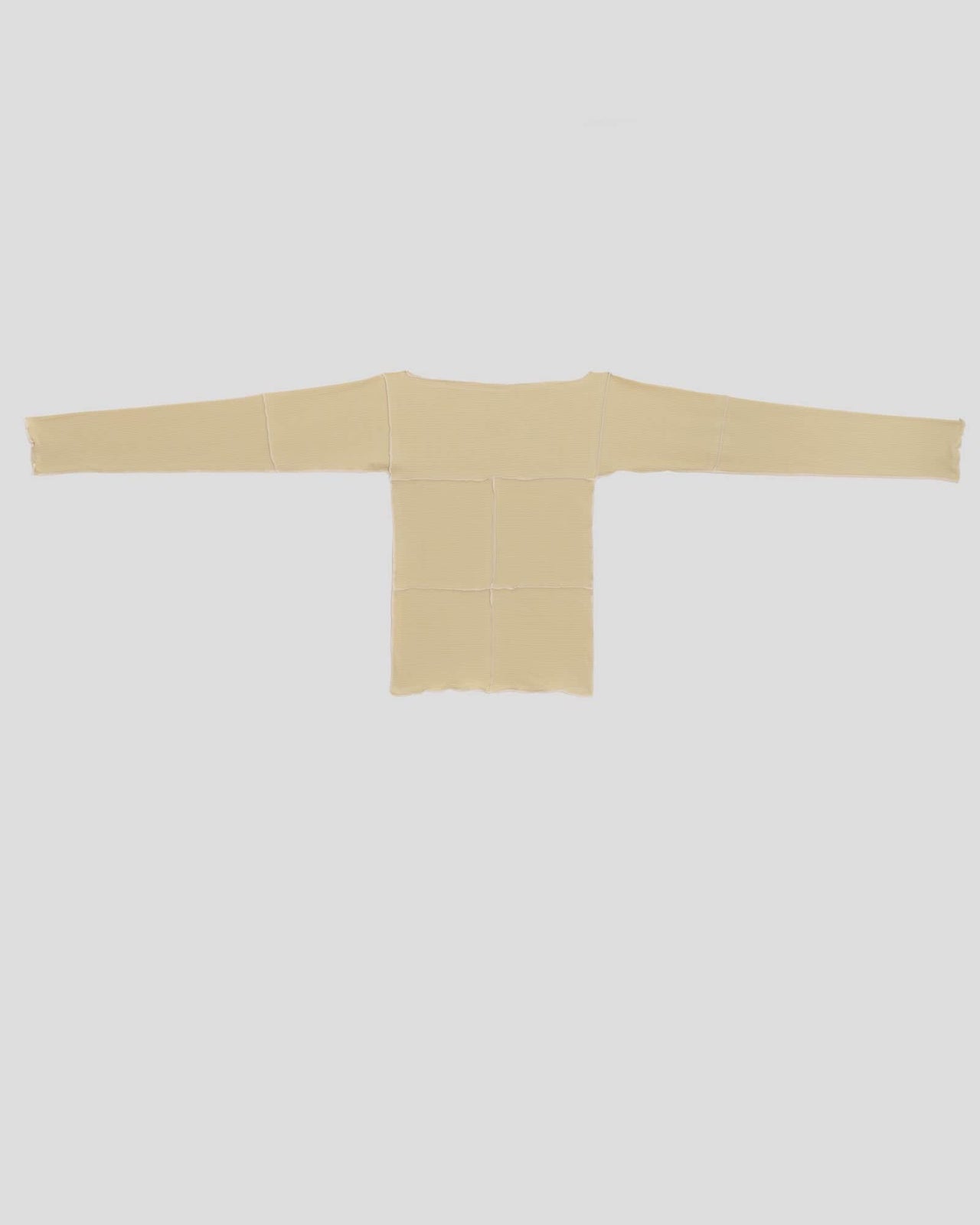Wild Silk
Origin: China
Certificates: Oeko-Tex
- Wild silk is made by silkworms that live in the wild. Wild silkworms feed on and live in trees.
- Wild silk is a lot more textured than regular silk.
- Due to its short fiber length, wild silk is more comparable to wool.
- It has the same positive attributes as silk.
- The process of making wild silk is also known as non-violent, which is when the silk is processed without killing the silkworm. Once the moth leaves its cocoon, the silk is collected and processed into yarn.




